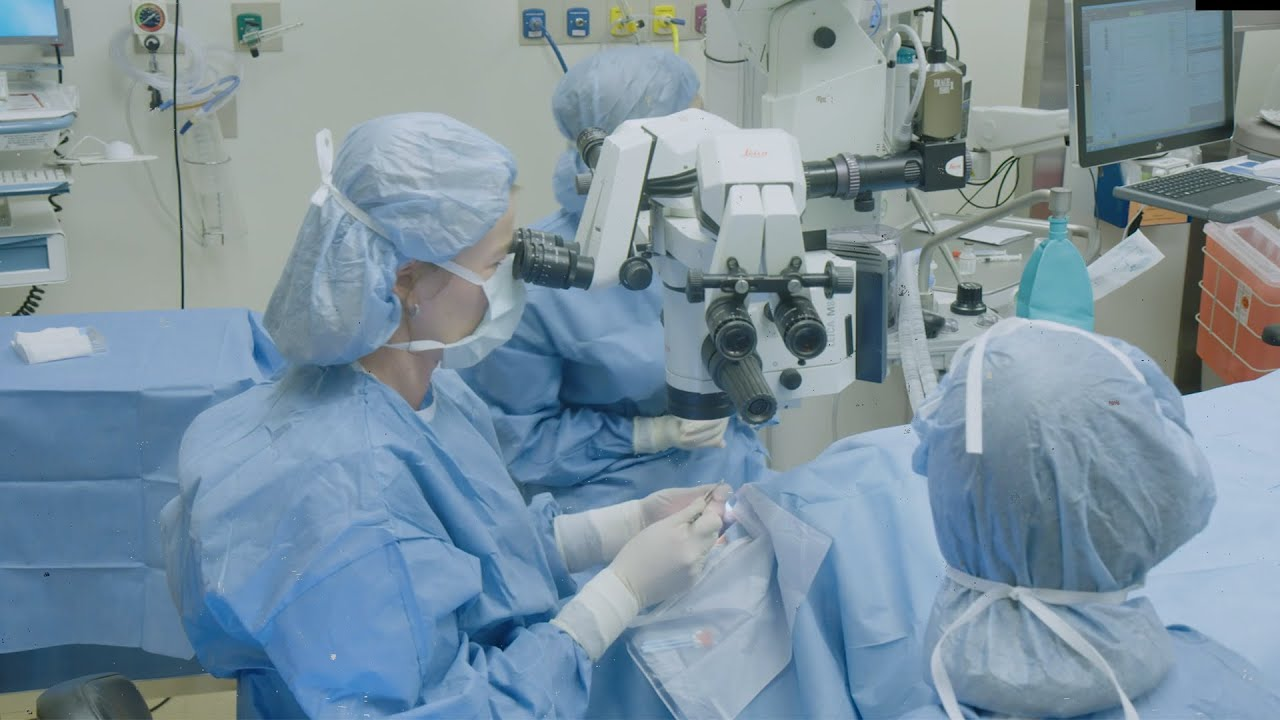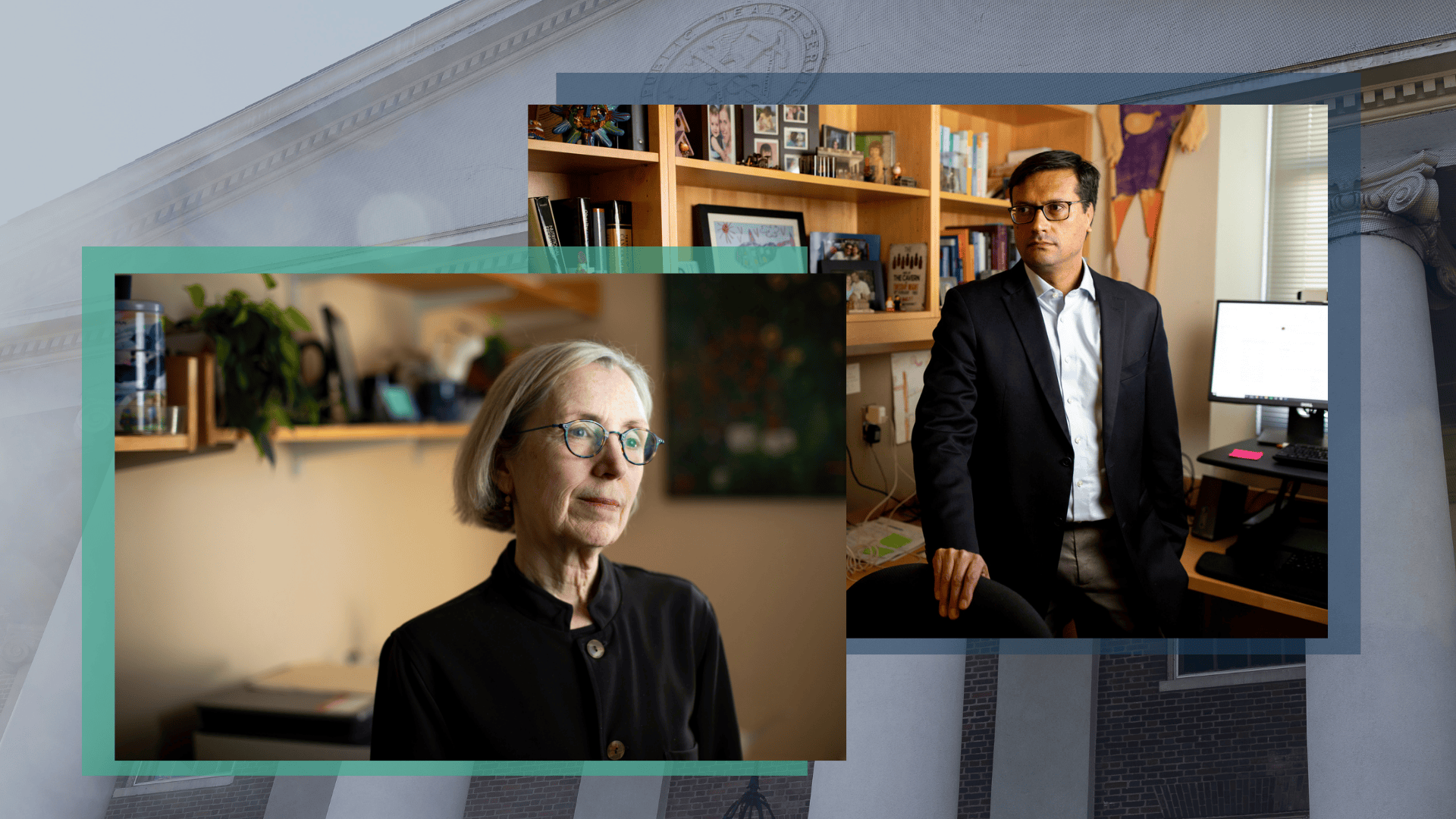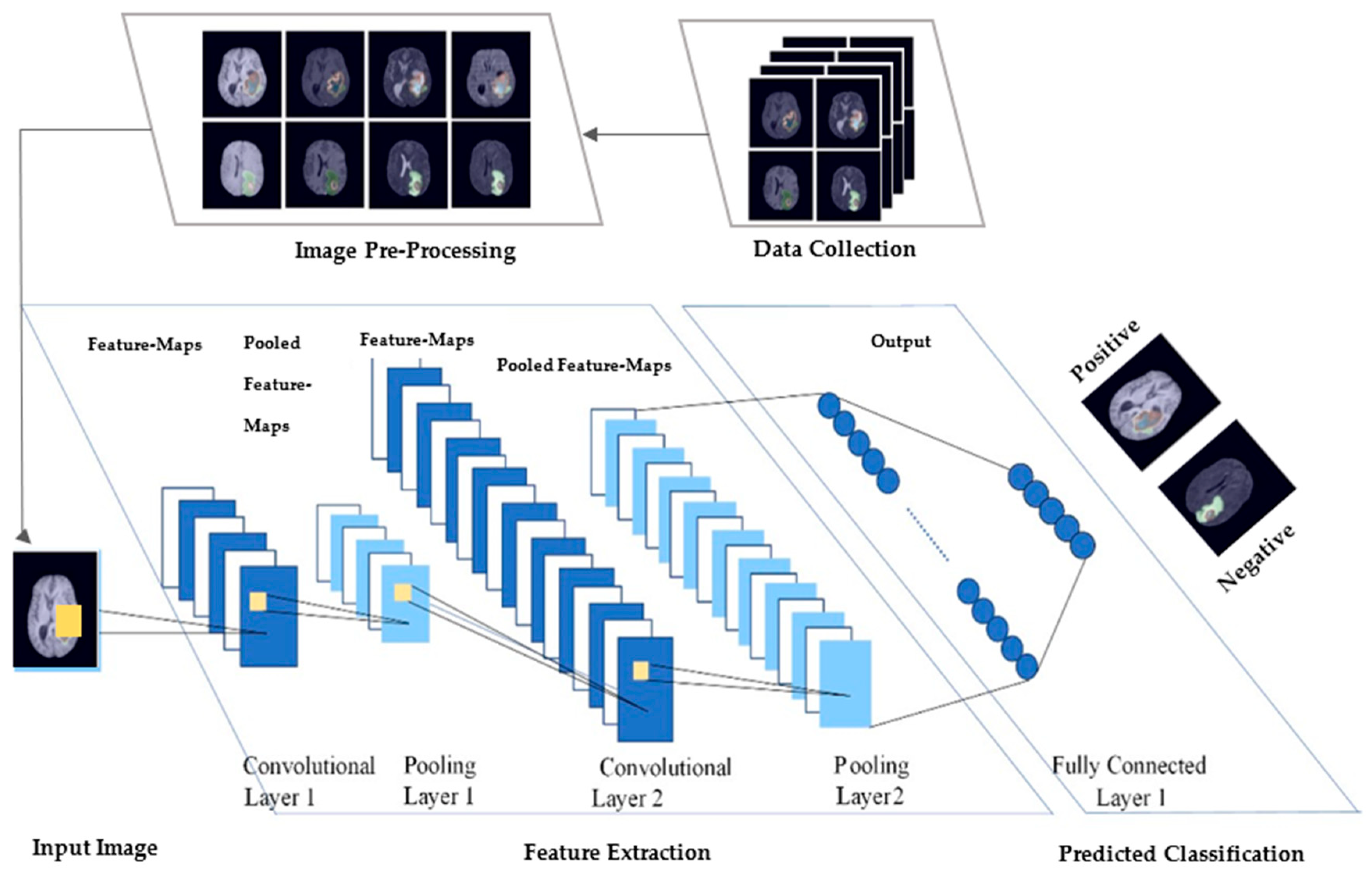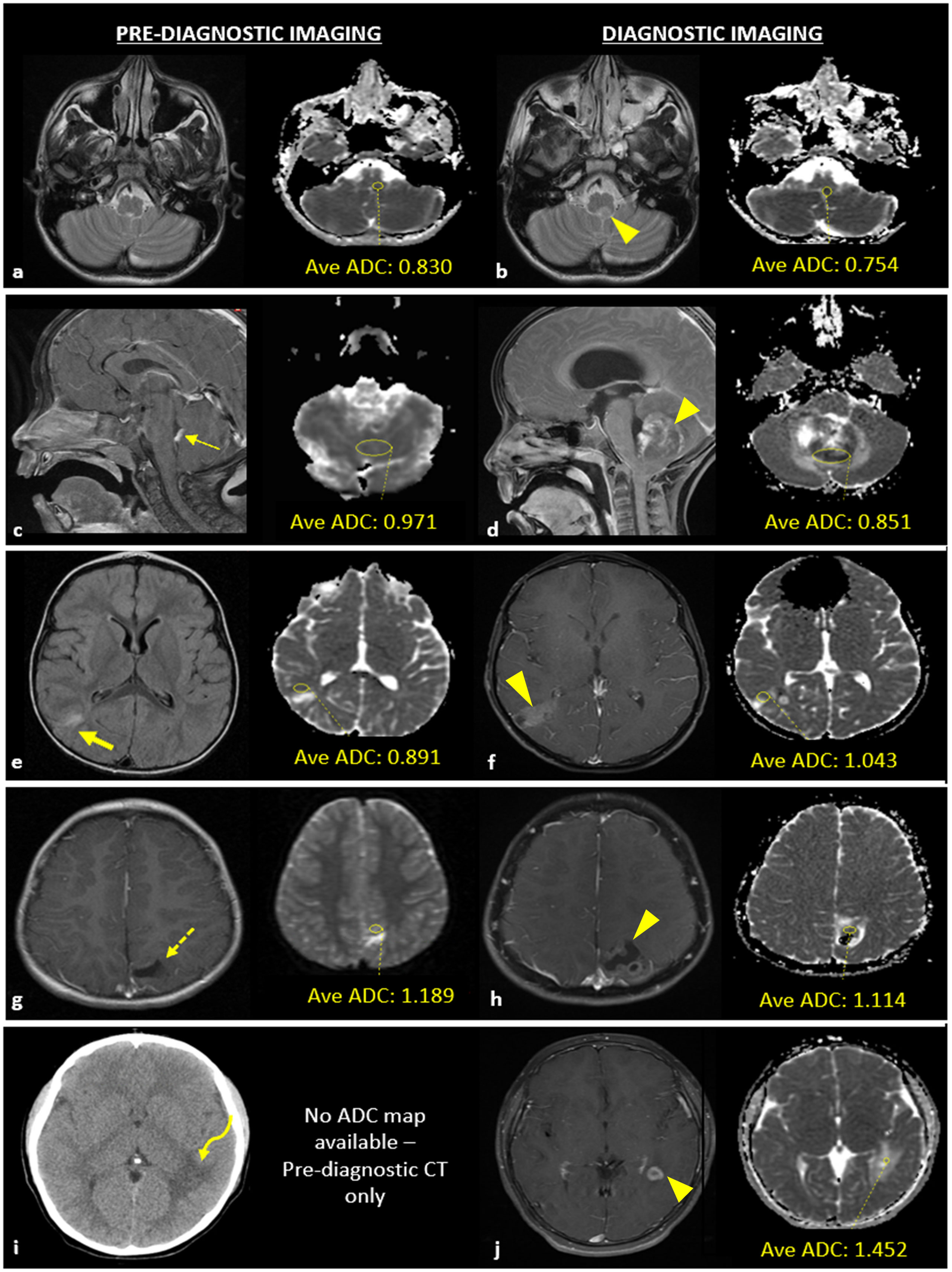
In a groundbreaking advancement for treating severe eye damage, CALEC surgery eye treatment has emerged as a beacon of hope for patients facing irreversible corneal injuries. Developed at the esteemed Mass Eye and Ear, this innovative procedure utilizes cultivated autologous limbal epithelial cells, or CALEC, derived from a healthy eye to repair the damaged corneal surface. Research spearheaded by Ula Jurkunas demonstrated that this stem cell therapy has shown over 90 percent effectiveness in restoring vision in patients with previously untreatable conditions. With its unique approach to corneal transplant procedures, CALEC surgery presents an exciting frontier in eye damage treatment, offering swift restoration of vision and a quality of life. As researchers continue to fine-tune this method, the implications for future eye health treatments become increasingly promising.
The innovative procedure known as cultivated autologous limbal epithelial cell (CALEC) therapy represents a significant leap in regenerative methods for ocular repair. By leveraging the regenerative capabilities of limbal stem cells, this eye treatment provides a novel solution for corneal restoration that addresses the root cause of limbal stem cell deficiency. This pioneering approach emerges as a promising alternative to traditional corneal transplants, offering new avenues for patients suffering from severe eye injuries. As more is understood about stem cell applications in ophthalmology, the potential for successful outcomes significantly expands, potentially transforming the landscape of eye damage treatment. Notably, the research and development conducted at renowned institutions like Mass Eye and Ear highlight the collective effort driving these advancements.
Understanding CALEC Surgery: A Breakthrough in Eye Treatment
CALEC surgery, or cultivated autologous limbal epithelial cells surgery, embodies a significant advancement in the field of ophthalmology. At Mass Eye and Ear, this innovative procedure allows for the restoration of the cornea’s surface by utilizing a patient’s own stem cells harvested from a healthy eye. This transformative approach not only aims to reverse severe corneal damage caused by various injuries but also holds promise for developing a robust treatment protocol for patients previously deemed untreatable. As researchers continue to refine the technique, the successful outcomes seen in initial clinical trials underscore the potential it has to change the landscape of eye damage treatment.
The process of CALEC surgery involves taking a biopsy from a functioning eye to collect limbal stem cells. These cells are then cultivated into a graft that undergoes a meticulous manufacturing process before transplantation into the damaged eye. With an impressive efficacy rate exceeding 90%, CALEC surgery offers a glimmer of hope for individuals burdened by chronic pain and visual challenges following corneal injuries. The implications are extensive: not only could this technique alleviate suffering but it also opens the doors for further innovations in corneal transplantation and stem cell therapy.
The Role of Stem Cell Therapy in Eye Damage Treatment
Stem cell therapy has been heralded as a revolutionary approach to treating severe eye injuries, especially those that compromise the cornea’s integrity. By extracting and cultivating limbal stem cells, ophthalmologists can use these vital cells to rehabilitate the cornea’s surface, which is crucial for restoring vision and reducing discomfort. This therapeutic strategy is especially promising for patients who have exhausted all other treatment options and face a future of visual impairment or total blindness. As we look at the potential for widespread application, stem cell therapy could redefine standards of care in ophthalmology.
Current research at institutions such as Mass Eye and Ear exemplifies this shift toward employing stem cell therapy as a viable solution for eye damage treatment. The collaborative efforts among leading experts, including those from Dana-Farber and Boston Children’s Hospital, help bolster the understanding of how best to use these cells effectively. Through clinical trials, like those focusing on CALEC surgery, researchers aim to gather data that not only supports the safety of these treatments but also elucidates their practical benefits in real-world scenarios for patients suffering from corneal ailments.
Corneal Transplantation vs. CALEC Surgery: A Comparative Insight
Corneal transplantation has long been the gold standard in restoring vision for patients with corneal diseases. However, traditional corneal transplants often require donor tissue, which is limited in availability. CALEC surgery presents a paradigm shift by utilizing the patient’s own stem cells, thereby eliminating dependence on donor availability. This innovation not only reduces the risks associated with transplant rejection but also ensures that the treatment can be personalized to meet the specific needs of patients with severe corneal damage.
The choice between corneal transplantation and CALEC surgery hinges on the patient’s unique circumstances, particularly the extent of their corneal injuries and their overall eye health. For those with significant limbal stem cell deficiency, CALEC surgery presents a viable option with promising outcomes, as evidenced by clinical trial data reflecting high success rates. As more patients and healthcare professionals lean towards this groundbreaking procedure at institutions like Mass Eye and Ear, we may see a fundamental evolution in how corneal diseases are treated.
The Importance of Limbal Stem Cells in Eye Health
Limbal stem cells reside in the limbus, the border of the cornea, and play a vital role in maintaining the health of the corneal surface. These cells are responsible for regenerating the cornea’s epithelial layer and ensuring its smooth function. When injuries, such as burns or infections, occur, the depletion of these stem cells can lead to chronic conditions that significantly impair a person’s vision and quality of life. Understanding the crucial function of these cells in eye health underscores the significance of innovative treatments, like CALEC surgery, which aim to restore the limbal cell population for optimal corneal repair.
Research continues to highlight the role of limbal stem cells beyond just their regenerative properties; they are fundamental in promoting ocular health and preventing visual impairment. As studies surrounding stem cell therapy proliferate, awareness around the management of limbal stem cell deficiency is crucial for both patients and healthcare providers. Strategies that rejuvenate these cells can potentially transform outcomes for individuals with serious corneal injuries, paving the way for advancements in therapeutic practices.
Clinical Trials and the Future of Eye Treatments
Clinical trials are a cornerstone of medical innovation, particularly in the realm of novel therapies like CALEC surgery. The impressive results from recent trials at Mass Eye and Ear demonstrate the remarkable potential of stem cell therapies. With a success rate exceeding 90% in restoring corneal surfaces, the data collected from these trials are pivotal for future research and clinical practice. They provide an essential foundation for further studies and the eventual push towards widespread FDA approval for these innovative treatments.
Future iterations of clinical trials surrounding CALEC will likely involve larger patient cohorts across multiple centers, which will yield more comprehensive insights into its efficacy and safety. These expanded trials will be essential in validating the current findings and could establish CALEC as a standard in treatment protocols for corneal damage. By continuing to explore the potential of stem cell therapy, researchers aim not only to enhance methodologies but also to broaden accessibility for patients nationwide.
Expanding the Scope of CALEC Surgery: Allogeneic Donor Potential
While CALEC surgery currently requires that patients have one healthy eye to serve as a stem cell donor, researchers are looking toward the future with hopes of an allogeneic, or donor-based approach. By utilizing limbal stem cells from cadaveric donor eyes, the potential to treat individuals suffering from bilateral eye damage could be realized. This groundbreaking prospect could dramatically expand the access to innovative stem cell therapies for a wider array of patients who previously had limited options.
Exploring the feasibility of an allogeneic stem cell manufacturing process entails not only technical advancements but also ethical considerations concerning donor tissues. As this field evolves, the collaboration between researchers at institutions like Dana-Farber and Mass Eye and Ear will be crucial in overcoming potential challenges, paving the way for broader applicability of CALEC surgery. If successful, this could transform the treatment landscape for patients experiencing severe cornea injuries and related complications.
The Role of Multi-Disciplinary Collaborations in Advancing Eye Care
Advancements in eye care often stem from collaborative efforts among various disciplines, integrating expertise from multiple fields including ophthalmology, pathology, and stem cell research. The successful development of CALEC surgery at Mass Eye and Ear is a prime example of how interdisciplinary teamwork can yield innovative solutions for complex medical challenges. Collaborators from Dana-Farber Cancer Institute and Boston Children’s Hospital have collectively pushed the boundaries of current treatment paradigms, ensuring that the latest scientific developments are effectively translated into clinical practice.
Involving diverse expertise not only accelerates the pace of discovery but also enhances the overall understanding of conditions like limbal stem cell deficiency. As researchers continue to work together, the integration of various perspectives leads to enriched discussions around treatment methodologies and fosters an environment ripe for innovation. Ultimately, these collaborations could not only improve patient outcomes but also serve as a model for tackling other intricate medical issues in the future.
Potential Side Effects and Risks of Stem Cell Treatments
As with any medical intervention, understanding the potential side effects and risks associated with CALEC surgery is essential for informed decision-making. While initial findings from clinical trials at Mass Eye and Ear indicate a high safety profile, doctors have advised that, like all surgical procedures, there are inherent risks. The most notable adverse event reported in studies was a bacterial infection occurring in one participant, underscoring the need for careful monitoring and management post-surgery, particularly for individuals who may have underlying risk factors.
Beyond infections, other minor side effects can include discomfort during the recovery process. Open communication between patients and healthcare providers can greatly mitigate these risks, enabling timely interventions should complications arise. As further studies are conducted, it will be critical to continually assess the long-term safety and efficacy of stem cell therapies to ensure that the benefits outweigh the potential risks.
Preparing for CALEC Surgery: Patient Guidance and Expectations
For patients considering CALEC surgery, preparation is key to ensuring the best possible outcomes. Engaging in thorough consultations with ophthalmologists can help clarify the process, expectations, and post-operative care needed for a successful recovery. Understanding the steps involved in the procedure, from the biopsy of the healthy eye to the transplantation of the cultured stem cells, can empower patients to navigate their treatment journey with confidence.
Additionally, patients should be aware of the aftercare required following the surgery, including medication regimens and follow-up appointments to monitor healing and visual improvements. By being proactive and informed, patients can take an active role in their care, leading to enhanced satisfaction with the outcomes of CALEC surgery. Through compassionate guidance from medical professionals, individuals can transition into this innovative treatment with realistic expectations and support.
Frequently Asked Questions
What is CALEC surgery eye treatment and how does it work?
CALEC surgery eye treatment, or cultivated autologous limbal epithelial cells, is a pioneering procedure designed to treat corneal damage that was previously thought untreatable. It involves harvesting limbal stem cells from a healthy eye, expanding them in a lab to create a graft, and then transplanting this graft into the eye with damage. This innovative technique has shown over 90% effectiveness in restoring the cornea’s surface in clinical trials at Mass Eye and Ear.
Who developed the CALEC surgery eye treatment?
CALEC surgery eye treatment was developed at Mass Eye and Ear by researchers including Ula Jurkunas and Reza Dana. Their innovative research aimed to address the challenges associated with treating corneal injuries resulting from limbal stem cell deficiency.
What are limbal stem cells and why are they important for CALEC surgery eye treatment?
Limbal stem cells are specialized cells located at the edge of the cornea, responsible for maintaining its smooth surface. In CALEC surgery eye treatment, these stem cells are harvested from a healthy eye to regenerate the cornea in a damaged eye, thus restoring vision and alleviating pain in patients suffering from serious corneal injuries.
What conditions can CALEC surgery eye treatment help with?
CALEC surgery eye treatment is primarily aimed at patients with severe corneal injuries due to conditions such as chemical burns, infections, or other trauma that lead to limbal stem cell deficiency. This innovative procedure offers hope for visual rehabilitation where traditional corneal transplants are not feasible.
What were the results of the clinical trials for CALEC surgery eye treatment?
In the clinical trials for CALEC surgery eye treatment conducted at Mass Eye and Ear, it was found that 50% of participants had their cornea completely restored within three months, with success rates increasing to 93% and 92% at the 12 and 18-month follow-ups respectively. This demonstrates significant efficacy in treating patients with severe eye damage.
Is CALEC surgery eye treatment currently available for patients?
As of now, CALEC surgery eye treatment remains experimental and is not widely available in the U.S., including at Mass Eye and Ear. Further studies are necessary before submitting for federal approval, but the promising results from clinical trials indicate a potential future for this innovative approach to eye damage treatment.
What is the procedure for undergoing CALEC surgery eye treatment?
The CALEC surgery eye treatment procedure begins with a biopsy of limbal stem cells from a healthy eye. These cells are then cultured to form a cellular graft over two to three weeks. The graft is subsequently surgically transplanted into the affected eye to repair the cornea’s surface and restore vision.
What safety profile has been observed in the CALEC surgery eye treatment trials?
The CALEC surgery eye treatment trials have demonstrated a high safety profile, with no serious adverse events reported in the donor or recipient eyes. Most adverse events were minor and resolved quickly, ensuring that the treatment is safe for patients suffering from corneal injuries.
How does CALEC surgery eye treatment compare to traditional corneal transplant methods?
CALEC surgery eye treatment offers a revolutionary alternative for patients who cannot undergo traditional corneal transplants due to limbal stem cell deficiency. By utilizing stem cells from the patient’s own eye, CALEC can restore the corneal surface effectively while traditional methods may not be viable for severe cases.
What future developments are anticipated for CALEC surgery eye treatment?
Looking ahead, researchers aim to establish an allogeneic manufacturing process for CALEC, using limbal stem cells from cadaveric donors. This could expand the availability of CALEC surgery eye treatment to patients with bilateral corneal damage, further enhancing treatment options for those suffering from serious eye conditions.
| Key Points |
|---|
| Mass Eye and Ear performed the first CALEC surgery led by Ula Jurkunas, using stem cells to restore damaged corneas. |
| The CALEC treatment uses stem cells from the patient’s healthy eye to restore the cornea’s surface. |
| In a clinical trial, CALEC showed over 90% effectiveness in restoring corneal surfaces for patients with previously untreatable damage. |
| The procedure is still experimental and not yet widely available in U.S. hospitals. |
| Future research aims to expand the treatment to patients with damage in both eyes. |
Summary
CALEC surgery eye treatment represents a groundbreaking advancement in ophthalmology, particularly for patients suffering from severe corneal damage that has traditionally been untreatable. By utilizing a patient’s own stem cells, CALEC effectively restores the cornea’s surface, offering hope and improved quality of life to those affected. With its promising results demonstrated in clinical trials, the future looks bright for broader applications and FDA approval, which may eventually make CALEC surgery available to a wider array of patients.




